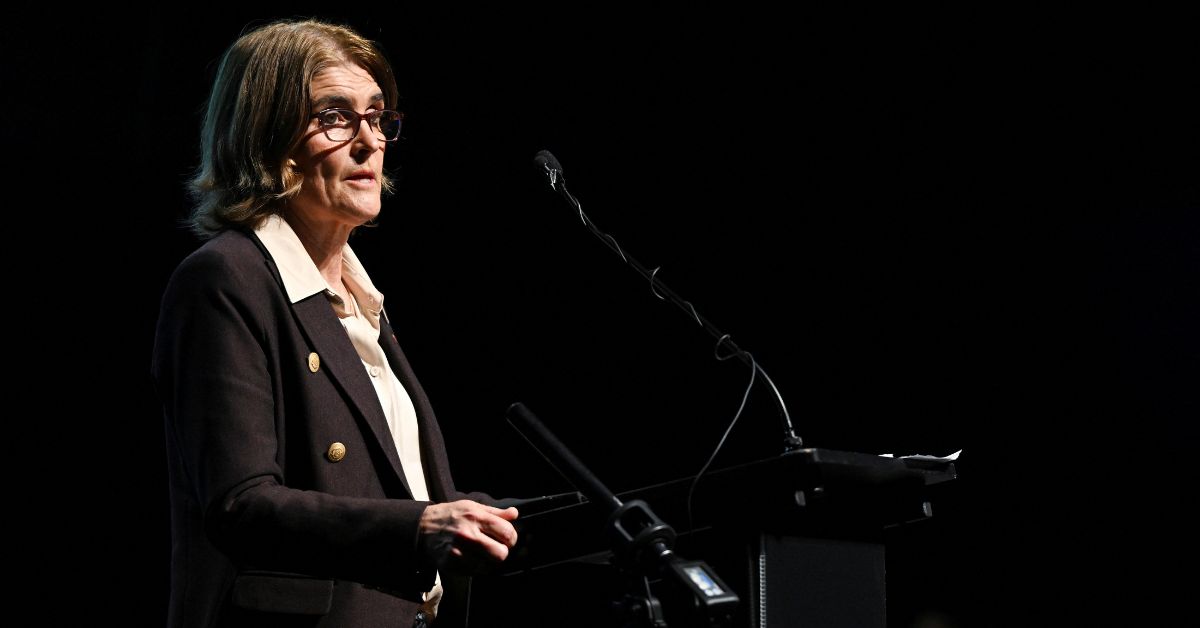After a year punctuated by hikes, the Reserve Bank of Australia (RBA) held the official home loan cash rate at 4.35 per cent on December 5. The pause was touted as an early Christmas present, despite the rate now at a 12-year high as part of the 2023 RBA strategy.
RBA governor Michele Bullock (pictured) could not rule out further rises in 2024 as a mechanism to lower inflation.
“Whether further tightening of monetary policy is required to ensure that inflation returns to target in a reasonable time frame will depend upon the data and the evolving assessment of risks,” said Bullock, assuming the top job in September.
Since the Reserve Bank began to tighten monetary policy in May 2022 – and in easily the most aggressive cycle on record for the RBA – home owners have felt the cumulative impact of 13 rate rises.
According to RateCity, mortgage repayments have increased by $1,210 a month on a $500,000 mortgage, with increases on a $750,000 loan sitting at $1,815 extra, and a $1 million loan increasing by $2,420 a month.
The central bank conceded some mortgage holders were “experiencing a painful squeeze on their finances” while asserting “some households were benefiting from rising house prices, substantial savings buffers and higher interest income”.
Speaking in Sydney in November, Bullock said she had received letters from Australians struggling with cost-of-living pressures, with low-income households suffering the most.
RBA takes a turn
However, she gave no guarantees the RBA would veer away from its policy settings.
“While the (bank) board recognises there is a wide diversity of experience, the bank’s statutory objectives are economy-wide outcomes, and our key tool – the interest rate – is a blunt one. The board must therefore set its policy to serve the welfare of Australians collectively,” she said.
Nevertheless, heartening October figures showing the country’s inflation rate had eased to 4.9 per cent from the September figures of 5.4 per cent – and down from a peak of 7.8 per cent – helped prompt the RBA’s decision to leave rates on hold at its December meeting.
“Higher interest rates are working to establish a more sustainable balance between aggregate supply and demand in the economy,” said Bullock in the RBA’s December Monetary Policy Decision.
“The impact of the more recent rate rises, including last month’s (November), will continue to flow through the economy. High inflation is weighing on people’s real incomes and household consumption growth is weak, as is dwelling investment.
“Holding the cash rate steady at this meeting will allow time to assess the impact of the increases in interest rates on demand, inflation and the labour market.”
The governor added, “High inflation is weighing on people’s real incomes and household consumption growth is weak, as is dwelling investment.”
Reacting to the RBA decision to hold rates steady last month (December), The federal Treasurer Jim Chalmers said the decision was good news for those struggling with cost-of-living pressures and would be “met with sighs of relief right around Australia”.
“This is a difficult time of year at the best of times,” he said. “People are under pressure from the rate rises already in the system, from inflation which is moderating, but still too high, and our economy is under pressure from global economic uncertainty as well.
“We know that people are finding it difficult to make ends meet, but if you look at the recent data, a look at the recent commentary, it’s very clear now that we are making welcome and encouraging progress in this fight against inflation.”
With the RBA next meeting in February, Westpac chief economist Luci Ellis said: “By the time of the February meeting, the RBA will have the full December quarter inflation data as well as the September quarter national accounts and other key data.
“We reaffirm our view that the RBA board would raise the cash rate at that meeting if it sees further upside surprises to inflation or fresh evidence suggesting that inflation will decline more slowly than it intends.
“If things play out broadly in line with their forecasts, though, further moves would be harder to justify. In that case, it would be likely that the RBA would hold the cash rate steady. Currently, we believe this is the more likely outcome.”
In November, Michele Bullock told a conference of her fellow central bankers in Hong Kong that the RBA was treading cautiously:
“We’re at a period where we have to be a little bit careful.
“We want to make sure we keep inflation under control and we bring it back down to our [2 to 3 per cent] band,” she said.
“But we also need to make sure we do that in a context of not imposing on the economy too much, and raising the unemployment rate so much.”
For news and insights from experts around the industry, download edition four of the Australian Conveyancer, today.






